|
"If you are one of the many people who are still on the fence about changing your dog's diet, you are not alone. Many people are skeptical about making a complete switch to a raw or home-cooked diet. Don't worry. Changing your dog's diet does not have to be an all or nothing affair." (Raw and Natural Nutrition for Dogs by Lew Olsen PhD)
There are many ways to maximise the health and nutrition of your dogs without breaking the bank or frying your brain. Here are your options listed from the freshest food for dogs to the most processed:
Whether you decide on a home cooked or raw food diet for your dog is a personal choice. I feed Zuma and Perro raw and I cook for Gracie. Some people jump straight into feeding raw, others are happy that home-cooked is good for their dog and do-able for their lifestyle. And many people begin by simply adding fresh food and gradually reducing kibble or tinned. Two common concerns about switching dogs from processed to fresh food are the cost and the complexity. Taking cost first; meat is definitely more expensive than kibble, particularly here in Switzerland. So yes, your dog's food will cost more. But there are ways to reduce the costs and ultimately, your vet bills should be far, far lower in the long run. My biggest advice is to figure out when your local supermarket discounts short dated meats and buy up as much as you can. In my case it's Wednesday and Saturday afternoons. Migros sells fresh meat for dogs at CHF10/kg but because its very short dated, I often get it at half that price. Get to know your butcher. Add lower cost ingredients such as tinned tuna, courgette and eggs to bulk out meals for hungry dogs. And of course, keep any leftovers from family meals (no onions, seasoning, potato or cooked bones). In terms of complexity; feeding your dog a fresh food diet is no more challenging than feeding your family a fresh food diet, despite what the pet food industry would have us believe. There are online forums, books, DIY options, pre packaged frozen complete meals and home delivery services. There is an initial learning curve and you will need freezer space, but once you're up and running, you will see how easy, cost effective and rewarding it is. And you will have a healthy, happy, slim, fresh smelling dog with a shiny coat, good teeth and just the right amount of energy. If you think raw food is the right option for you and your dog, here is some more information on getting started. If home cooking is your preferred route, I really recommend buying my book of the month as a starting point. And if dry or tinned food is the right option for your dog, or you're not ready to make the switch to fresh food for whatever reason, here is some practical, easy advice on maximising the nutrition of kibble. Boosting the nutrition of dry or tinned dog food:
Why not boost the kibble or bite the bullet entirely?! Feed your dog fresh food for three months and see for yourself? You can always switch back if you don't see the benefits. PLEASE let me know if you take up the challenge! And IF you want to jump directly to feeding raw food please read this article next.
3 Comments
"Why would I sit down to homemade soup and give my dog processed food?! It has only taken me 3 years to cop on to this." That was a text from an owner following my September blog on nutrition. I must admit, it took me a lot longer than that to consider what I was feeding my dogs. I only became really interested when our second dog Bruno died at the age of 9. I was shocked to learn that cancer rates are sky rocketing in dogs and cats, along with auto immune diseases, allergies and degenerative diseases.
It is difficult to source unbiased, accurate information due to a lack of routine reporting on the subject, but according to "The truth about Pet Cancer", there is an "epidemic of cancer... and in younger and younger animals". Processed pet food is widely blamed for this, along with vaccines, parasite preventatives and environmental toxins. I believe that Bruno's death was due to the well known supermarket brand I had been feeding him, exacerbated by chemical tick & worm prevention. I have been studying canine health and nutrition ever since and whilst I can't bring Bruno back, I can share what I have learned in his name. "Fake industrial food...works to the detriment of cats and dogs producing a pandemic of degenerative disease. This pandemic began following the introduction of processed pet foods to the lives of our pets" (Dr. Ian Billingham, Pointing the Bone at Cancer In Dogs, Cats and Humans.) Could you imagine if we were told to feed children a diet of dry nuts to balance their nutritional needs? We know that a diet containing excessive amounts of potato chips, breakfast cereal and fast food would not be good for our long term health and contributes to obesity, diabetes and other illnesses and disease. The same applies for our pets. Kibble is convenience food and while some brands are better quality than others, (click here to compare), it is important to recognize it as such. Click here for some specifics about the issues associated with feeding kibble in the long term. Most people today don't remember a time pre-kibble, but processed pet food only exists since the 1930's when it was marketed as the ideal, low cost alternative to feeding dogs meat. It was a great way to commercialise nonhuman grade meat and waste products from grain mills and slaughter houses. Initially the sales pitch for kibble was an economic one, but gradually the industry became bold enough to claim that processed food was the only way to feed dogs a nutritiously balanced diet, further enhanced in the 1950's with the introduction of scientific, prescription dog food. Pet food manufacturers such as Hills even wrote the nutritional textbooks used in veterinary colleges. Over the decades, marketing became more and more sophisticated with TV advertising, celebrity endorsements, food dyes to make nuts look healthier and special diets for different breeds and body types. Today's buzz words are organic, grain free and natural, but the reality is that kibble is still predominantly comprised of sub standard meat or meat meal, grain, fillers, starches, fibres and grain by-products cooked for far too long. "The pet food industry continues to write and publish pet nutrition textbooks for veterinary colleges. Aspiring vets are taught to tell their clients that only processed dog foods are scientifically proven to meet their dog's nutritional needs." (Raw and Natural Nutrition for Dogs by Lew Olsen PhD) In truth, industry controls what our pets eat and also what we understand about their nutritional needs, thanks to the marketing power of pet food manufacturers. Happily this is now changing, as more and more pet owners and vets are demanding healthier nutritional alternatives, for ourselves and our pets. If this has got you thinking and you'd like to learn more, I'd encourage you to watch the eye opening Pet Fooled documentary on Netflix. And if you're feeding kibble, it is never too late to improve your dog's health and well being. There is so much you can do from simply adding in some supplementary real foods (click here for more information), to completely switching your dog over to a raw diet (click here for advice). Last word for now to Dr. Olsen, auther of my book of the month, Raw and Natural Nutrition for Dogs: "It is not easy to disregard what we have been told over the years. However, if you look at what is good for you nutritionally, it makes just as much sense to feed your dog whole, fresh foods as it does to feed yourself and your family the same.... If you want your dog to live a longer, happier life, it is time to start looking at canine nutrition differently and bring back the common sense approach to good health and nutrition". If you believe that raw food is best for dogs but lack either the time and/or the knowledge to do so, I recommend Babarf.ch/en. I first met Babarf when they attended our Natural Dog Seminar 2017 and having recently switched Perro onto their food, I visited the manufacturing facility in Bussigny where Megan & Morgane (below) showed me around and explained their philosophy. I was so impressed with their ethos, quality and service that I have agreed to partner with Babarf to spread the word amongst dog owners. What is Babarf? Babarf is a Swiss company based in Bussigny that prepares balanced complete raw meals for dogs delivered directly to homes. They are in fact the only company currently offering this service in the area. Meals follow BARF principles (biologically appropriate raw food) and comprise muscle meat, meaty bones, organ meat and lightly cooked veg with a little fresh fruit. Balanced meals are delivered frozen and pre-prepared into daily portions, personalised to each animal's needs and adapted to their ideal weight on a weekly, fortnightly or monthly basis depending on the preference of customers. The production facility (see photos above) is impressive. Spotlessly clean and extremely well organised, it was great - and reassuring - to see first hand how the process works. The meat & fish comes in from Switzerland, France and Belgium and the fruit and veg comes from the farm down the road. Menus are specifically devised to ensure seasonal fruit and veg with a good mix of white & red meat proteins and meats are rotated on a monthly basis. Everything is fresh and there are no chemicals, preservatives or additives. The all-important price issue: Babarf portions and pricing are based on the ideal weight of your dog. There's a simple calculator on the website here so you can work it out yourself. For Perro (30kg), the cost of Babarf is CHF7/day or CHF218/month including delivery. That's double the price of Orijen kibble, one of the better dry foods on the market. That's fine by me because I believe that fresh food means happier, healthier, longer living dogs and lower vet bills. But surprisingly for me, the cost of Babarf is the same as my DIY raw solution and cheaper than the frozen complete mixes I had been buying from local pet shops for the past number of years. And best of all, the Babarf solution is totally hassle free, all the ratios of meat, bone, veg, fruit & organs are worked out for you on a daily basis. All you need to do is open the bag and serve! Advantages of Babarf over DIY raw or pet shop pre-mixed completes:
Interested in switching your dog from processed to raw?
If you would like to transition your dog yourself, here are the basics of raw feeding in a nutshell and here is a step by step guide to follow. I recently used this Perfectly Rawsome online guide with Zuma, it is really helpful. But be warned, there is an initial learning curve and a lot of weighing and measuring. If you want to take a much easier route, Babarf has a lot of experience in switching dogs to fresh and raw, and they offer the transition service at no extra cost. All you need is freezer space. Whichever route you choose, please, please, please transition from processed to raw food carefully and slowly otherwise you will have a dog with an upset tummy to deal with. This is because his gut acidity will need time to adjust to digesting raw food. If you do switch to fresh food, you should see noticable improvements in your dog's energy, weight, coat, teeth, breath and poo within a matter of weeks. Please keep me posted, I would love to hear from you! Oh, and if you decide to subscribe to the Babarf service please be sure to tick the box on their website acknowledging Happy Dogs Aigle as the referral site, let me know and I will send you a bag of our brand new happy dog healthy treats as a "welcome to the club" gift! One of the positive aspects of the Covid 19 situation is that we get to spend a lot more time home with our dog. However, unless handled carefully, spending all this time together could potentially lead to issues with separation anxiety down the line. As we return to work/school/external life, our dog will be expected to stay home alone for periods of the day. I'm keenly aware of separation anxiety, probably because it's one of the issues I routinely look for with new (especially young) boarding dogs. Dogs with separation anxiety get stressed, upset, loud and/or destructive if left alone. It can can lead to behavior change, illness, psychological issues and neurotic behavior (like obsessive paw licking, tail biting). There are simple steps you can and should take to make sure your dog becomes - or remains - well adjusted and happy when alone.
Most importantly, don't let everyone smother the dog with attention all the time Doing this will cause an unnecessarily dramatic change when you are apart. If you think about it, most dogs regularly spend time alone and and it's really important that they don't lose the ability to do that. Give your dog time alone, even (or maybe especially) when the whole family is at home. Let him relax on the other side of a baby gate, in another room or outside in the garden while you're in the house. This will diminish the contrast between human presence and absence. Be sure he doesn't see it as a punishment, leave a kong or treats for him but do let him chill alone from time to time. Physical & mental exercise: Providing plenty of physical and mental stimulation is a vital part of treating many behaviour problems, especially those involving anxiety. Exercising your dog’s mind and body can greatly enrich his life, decrease stress and provide appropriate outlets for normal dog behaviors. Additionally, a physically and mentally tired dog doesn’t have as much energy to expend when he’s left alone. Here are some well accepted suggestions:
Kongs and brain games: Those of you that follow the adventures of Happy Dogs Aigle know we love kongs and snuffle mats to keep dogs occupied during hot/rainy weather, recovery from injury or home alone time. A Kong stuffed with something really tasty like chicken, doggy peanut (peamutt) butter, tinned tuna, tinned dog food and/or some healthy treats like Archies Bonbons or RiRaw is a godsend. I highly recommend freezing the Kong so that getting all the food out takes even more of your dog’s time and energy. Change what's inside frequently and be sure to remove the Kong as soon as you get home so that your dog only has access to them - and the high-value foods inside - when he’s alone. You could feed your dog breakfast or even all of his daily meals this way. Keep in mind, though, that this approach will work best for mild cases of separation anxiety because highly anxious dogs usually won’t eat when home by themselves. Another option is a snuffle mat (purchase here) which forces the dog to use his nose to seek out the food, thereby tiring and relaxing him. Alternatively a simple, zero cost idea that works well is to put your dogs favourite toys into a box and throw a handful of treats in. They will have great fun using their brain and nose to find the food and that is actually as good, if not more so, than a stroll for a dog from time to time. Finally, I often scatter a handful of treats or dry kibble in the garden (don't do this if your dog is a digger but sniffers will have a lot of fun!). Ensure your dog CAN sleep alone: it's ok to share the sofa and/or bed with your dog if that's your preference, but making sure that he/she can actually sleep alone happily is also important. Some day your dog is going to need to stay without you, perhaps at a boarding facility or a friend's house or the vet. Crate training, whilst controversial in Switzerland, is (in my opinion) a great way to provide a safe, enjoyable space for your dog to relax. I find that crate trained dogs usually settle really well at night in my boarding facility. There is lots of advice available online on how to crate train. It's really important to do it correctly, otherwise you can make things a whole lot worse and have a very distressed and/or destructive and/or noisy dog. But whether in a crate or not, you should ensure your dog is capable of sleeping alone, because some day he may need to. If all else fails and your dog cannot stay alone happily, it would be worth considering the professional guidance of a behavioural expert, the sooner the better. Good luck! |
AuthorAileen Woulfe, Irish expat, lifelong animal lover, Swiss qualified with a diplôme cynologique in breeding, grooming and kennel management and owner of Happy Dogs Aigle boarding and daycare in Vaud, Switzerland. Archives
December 2020
Categories |

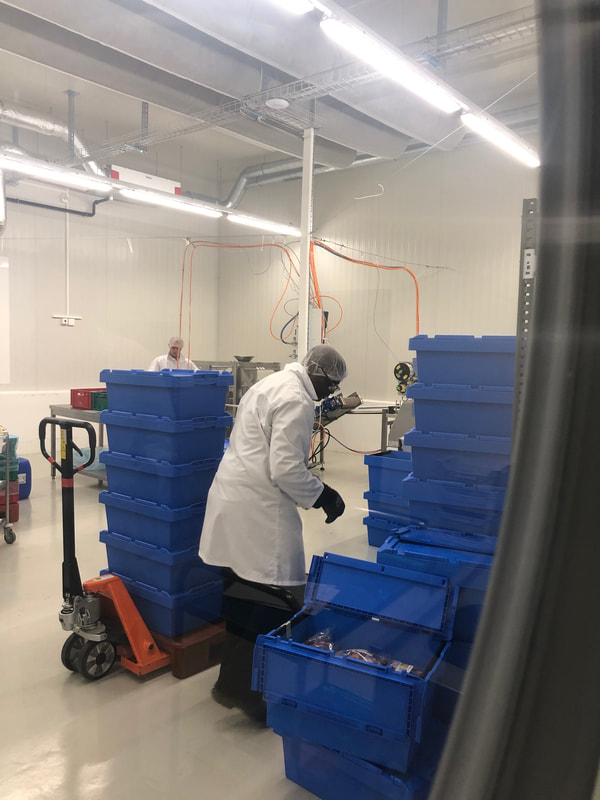
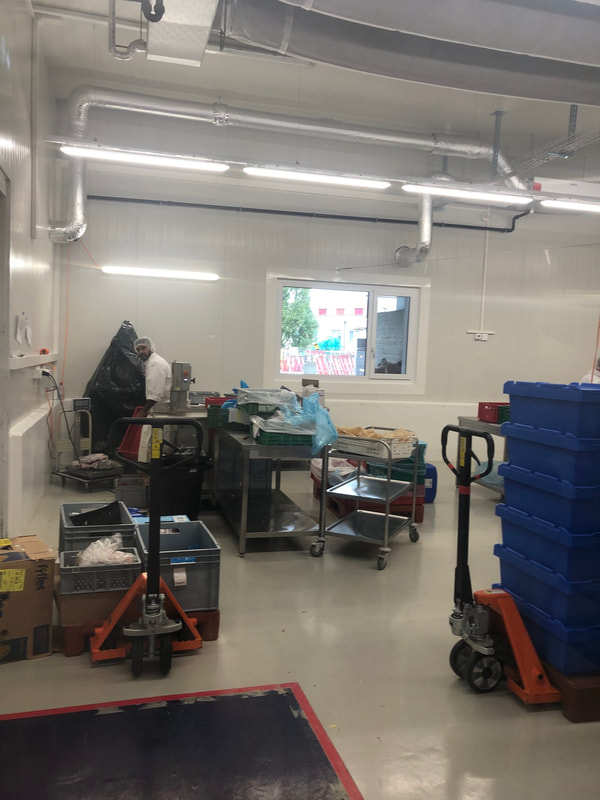
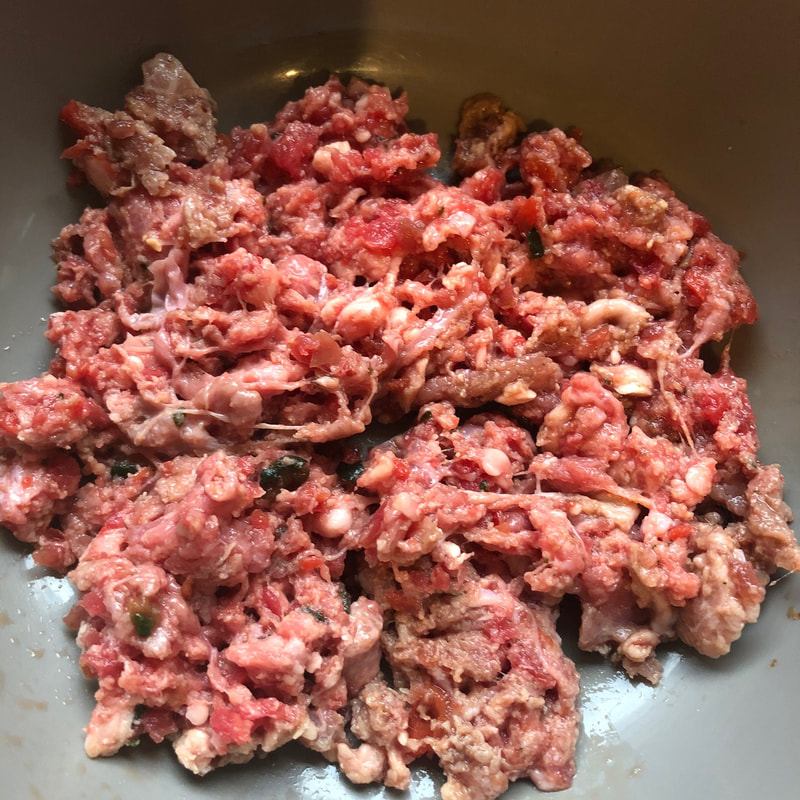
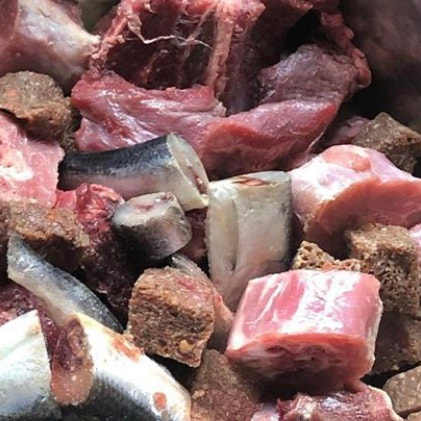
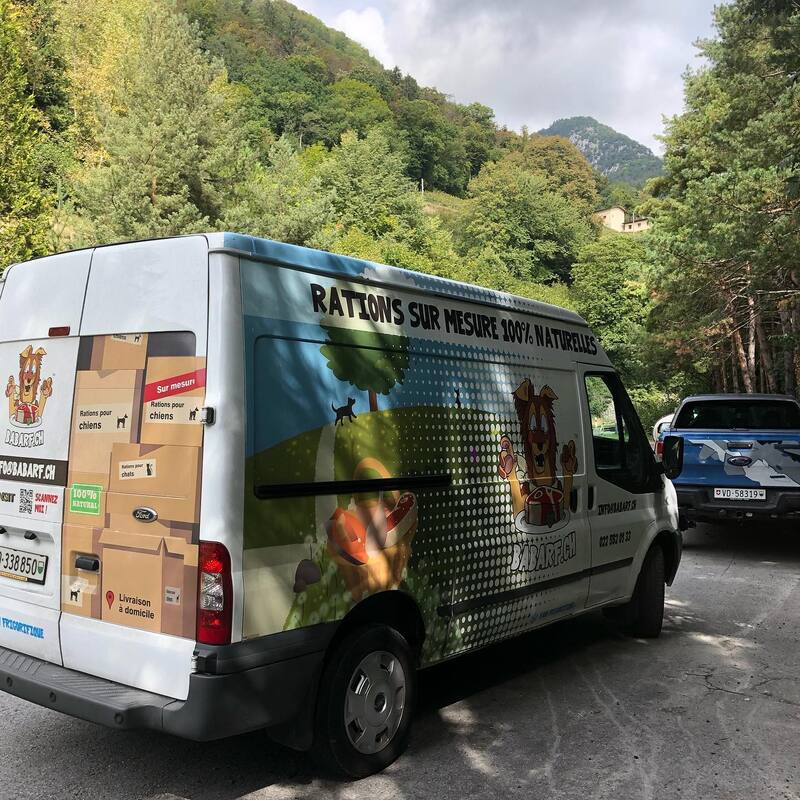
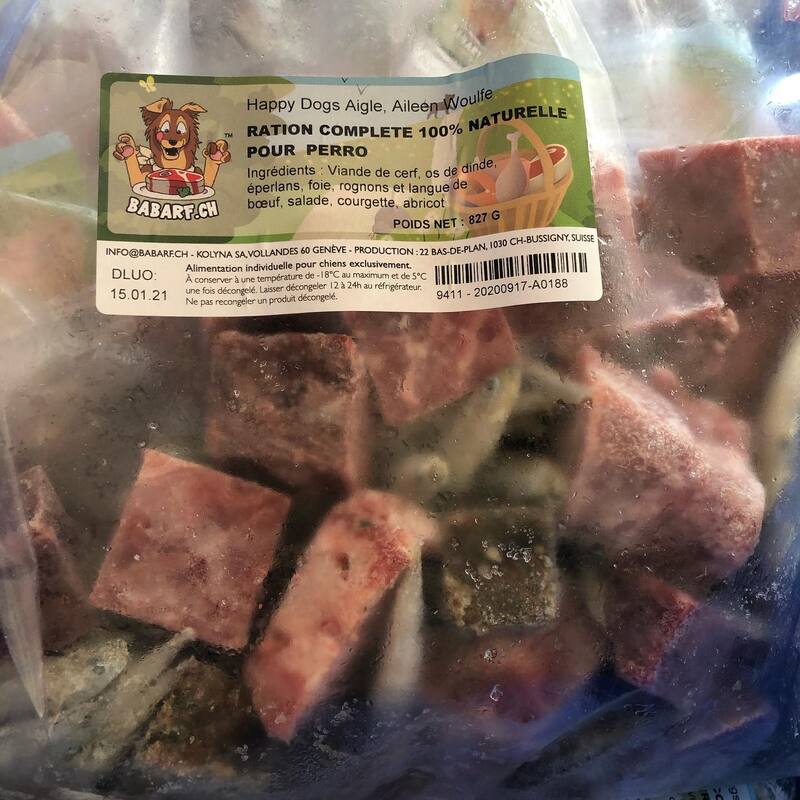
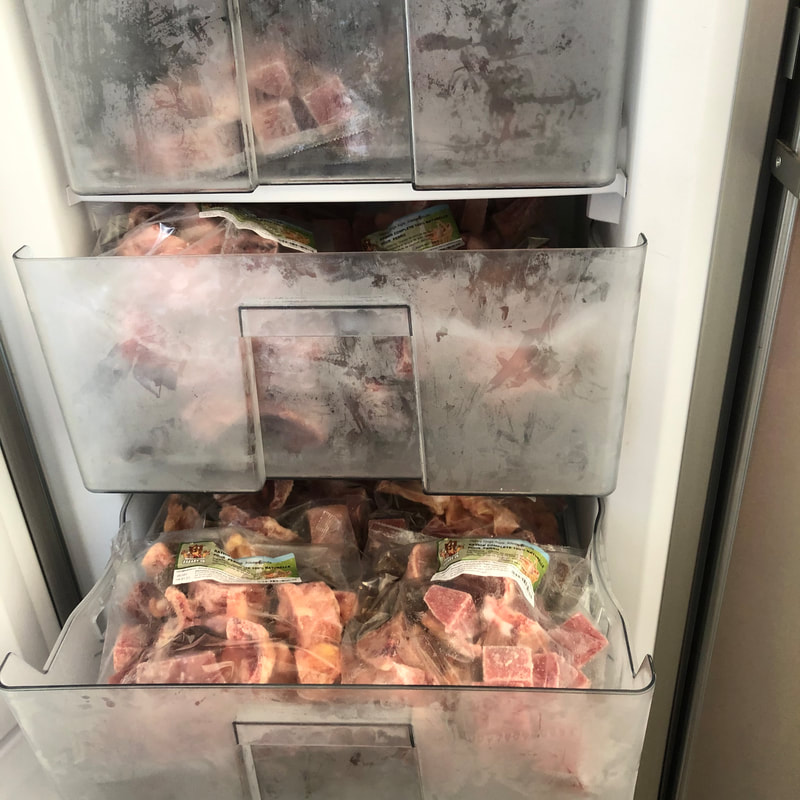
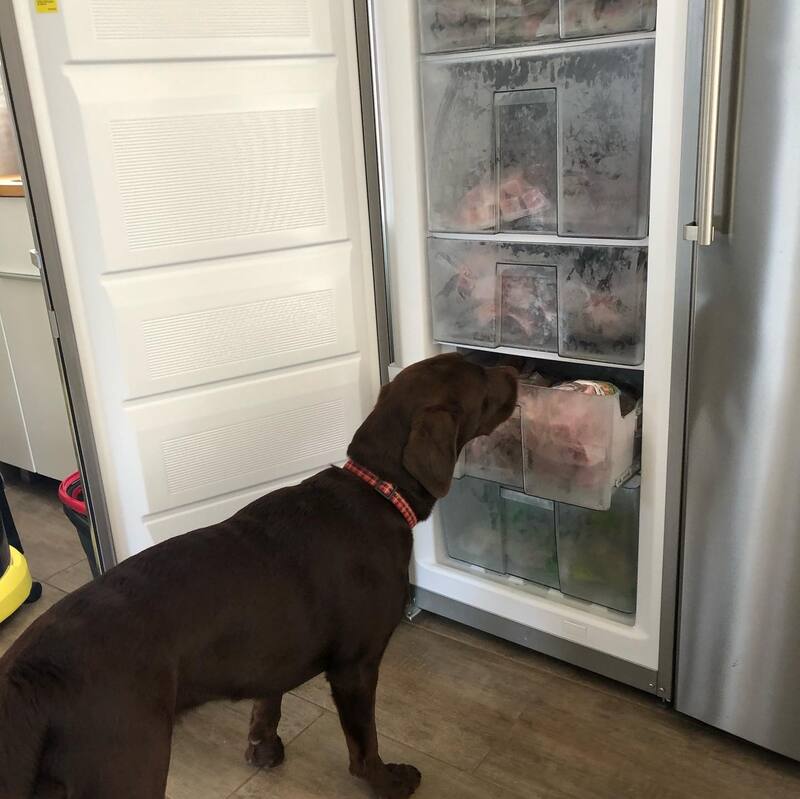
 RSS Feed
RSS Feed